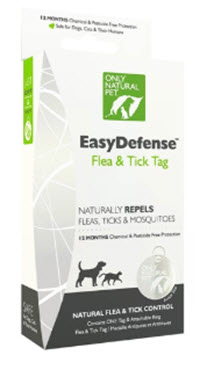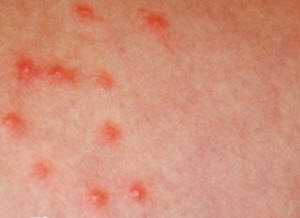Can fleas live on you and
your kids?
How to identify and treat flea bites on
your kids and yourself
Do fleas bite humans? |
How do fleas bite and feed? |
Who is to blame for human flea bites |
How to identify flea bite symptoms and allergies? |
Diseases carried by fleas
Can you tell the difference between flea bites, bed bug bites and mosquito bites?
How to treat flea bites on humans? |
How to get rid of flea bites on humans? |
Summary
A video with useful information about commercial flea and pest control
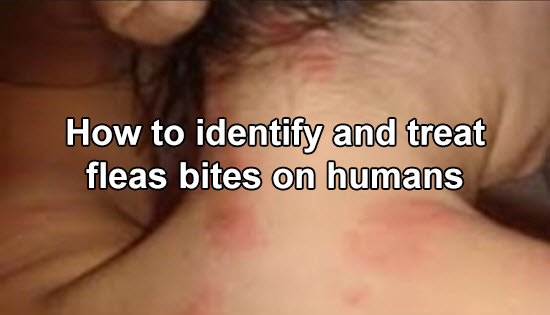
Some people believe that unlike the dark medieval times (when no notion of personal hygiene existed, and people used specially trained dogs to deflea their their powdered wigs), that nowadays people can’t be bitten by fleas. Is this really so? “Do fleas bite humans?
Do fleas bite humans?
The answer to the question “Do fleas bite humans?” is definitely yes. By and large, fleas don’t care whose blood they drink, be it a cat’s, a dog’s or yours. However, to refer to someone as having fleas is not correct.
Unlike lice that inhabit humans' hair, most fleas jump off their human victims almost as soon as they have bitten them. This is their natural behavior and is why Mother Nature has given them extremely strong legs. Fleas can jump up to a distance of 200 times their own body length.
How do fleas bite and feed?

Flea mouth parts are specialised for feeding on hosts' blood. The main structure is made up of 3 needle-like stylets. The two outer stylets pierce an host’s skin, while the central stylet enters a capillary to draw blood. While sucking blood, salivary ducts open to introduce anticoagulant saliva to the wound. It's flea saliva that is culprit for causing flea allergies discussed later in this article.
Who is to blame for human flea bites
Once a person identifies the red spots on their body as flea bites, they usually blame their pets for apparently “infecting” them with these tiny, biting, sucking nippers.
Whilst it is true, that fleas which inhabit warm-blooded animals such as dogs or cats do bite humans, it is preposterous and far from the truth to blame family pets; or indeed other peoples pets. Cats and dogs who go outdoors without flea protection are cats and dogs who will eventually end up with cat or dog fleas, period!
Therefore the blame as to who caused the flea bites lies entirely with the pets' parents. If the cap fits, YOU must wear it!
How to identify flea bite symptoms and allergies?
Flea bite symptoms are rather unique in so far as you certainly can't miss them. They are invariably very itchy and painful, and you will definitely feel it when fleas pierce your skin.

In general, there are two possible ways of getting bitten:
- either the fleas have jumped on you from your flea-unprotected pets or other unprotected animals you been in contact with
- or you have accidentally come in contact with and brought flea eggs into your environment, for example, from flea infested areas or with dirt on your shoes
To quote the U.S. National Library of Medicine, “the flea rash often has three bumps together, they may itch and bleed and may be located on armpits or folds of joints (at the elbow, knee, or ankle) or in skin folds, such as under breasts or in the groin areas”.
When piercing the victim’s skin with its needle-like stylets, a flea not only can hurt its host but it also injects saliva into the bite. The saliva contains hemolytic toxins and it's virtually impossible to predict the individual reactions of each human body to these toxins.
Generally, flea bites are pretty easy to identify. The bite spots are small and deep with a hole in their centres, and and are characterised by areolae. An areola is a small circular area of pinkish pigmented skin surrounding a spot or papule. Visually is is similar in appearance to the pinkish tone of skin found around human nipples
More often than not, fleas will bite feet and shins, however they are not fussy, and will attack the upper body as well if given half a chance. As a rule, 2-3 bites form a trail. The itching is always very intense but passes relatively quickly.
Diseases carried by fleas
Occasionally complications can possibly occur since fleas often carry Diseases including:

- Bubonic Plague
- Hives
- Listeriosis
- Pseudotuberculosis
- Rat Typhus
- Rickettsioses
- Tapeworms
- Tularemia
- Typhoid
That said, not every flea bite will cause a human disease. However being forewarned you are forearmed of the potential danger of infected flea bites.
Allergic reactions to flea bites
Allergic reactions to flea bites is also a possibility. In particular it is not umcommon for toddlers who play on the floor or with unprotected pets to get bitten by fleas to develop an allergy. This is due mainly to the fact that they are not old enough for their natural immunity to have kicked in.
Adults aren’t an exception to the rule either, as any flea bite is a bit of a lottery ticket as to whether you can get an allergic reaction of not.
Here are some regular flea bite allergy symptoms:
- diarrhea
- emotional responses of the nervous system, e.g. anxiety, general excitement
- fever
- headache
- pulicosis
- rash around the bites
- shortness of breath which is the most dangerous symptom that can lead to anaphylactic shock
NB - the symptoms of pullicosis and allergies are very similar. This is why if your symptoms worry you, it is best if you consult your GP rather than self-diagnose.
And additionally, you can’t always be sure that you’ve been bitten by a flea. It is exremely common for people to mistake, bed bug or mosquito bites for flea bites.
Can you tell the difference between flea bites, bed bug bites and mosquito bites?
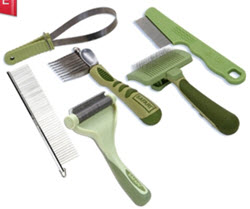
Do you have any idea what a flea bite looks like? Very often it’s hard to immediately identify flea bites and frequently they are mistaken for bed bug or mosquito bites.
Their symptoms are indeed very similar, they include:
How to treat flea bites on humans?
The most unpleasant thing about flea bites is the intense itching and accompany pain and discomfort. There is always the desire to scratch at the lesions but is best to refrain from doing so as much as possible. The more you scratch the bites the more they will swell and the greater the risk of them becoming infected. Once infection sets in you are exposing yourself to more serious complications.
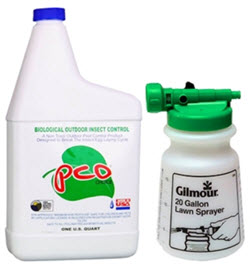
If you are at home there are a number of safe homemade topical remedies which you can try for your kids and yourself to aid in the treatment of itching and swelling.
First off, rinse the bites and surrounding skin swith warm soapy water and applying any of the following, depending upon what you have in your pantry:
- make a solution of 50/50 apple cider vinegar and cooled boild water and dab that on the bites
- make a mixture of two cups of lemon juice and one tablespoon of honey - this is very effective for multiple bites coving a large area
- dab with teatree oil
- aloe vera - if you have plants growing in your garden break a stalk open and cover the bites with the gel
If you don't have any success, visit you local dug store or pharmacy for advice on the best meds. to take.
If you are hiking or camping it depends upon what you have in your first aid kit. The most important thing is to nip any infection in the bud before it starts. If you have alcohol and tea bags on hand, dab the bites with alcohol followed by the application of tea bags. Tea contains tanning agents which have antibacterial, anti-inflammatory, astringent and hemostatic properties. They certainly won’t make things any worse!
If you don't have anything with you, you should head for your nearest pharmacy of drug store where your local pharmacist can advise you on the best meds. to take.
Should your symptom persits, don't mess around, go to your GP immediately
.How to get rid of flea bites on humans?
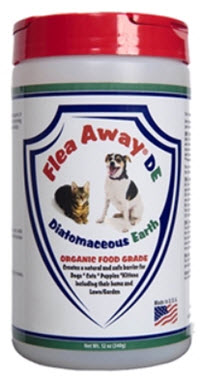
First of all, you need to realise that treating flea bites when you are living in a house full of fleas is a pointless exercise, because new bites will follow the old ones unless you take serious action to rid your pets and home of fleas.
Summary
Your most effective weapon of choice should be your vacuum cleaner. Fleas hate vacuum cleaners. In the first instance try vacuuming each and every day; once you have everything under control every alternate day should suffice.
To stop any fleas slipping the net place an herbal Flea Collar in the vacuum bag while you are usung your cleaner. After that take care to seal all full vacuum bags tightly until you can dispose of them properly off your property.
Getting rid of fleas in and around your home will take diligence on your part; this could take weeks or even months. Therefore you must take a vigorous approach as summarise below, other wise you wont be successful:
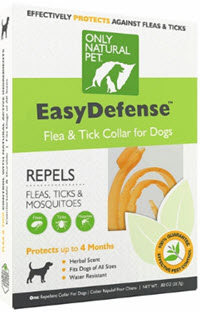
- Treat the fleas on your pets - we suggest bathing your dog followed by affixing an Herbal Collar and a Flea Tag
- Be systematic and regular in your chosen method of flea repellants
- Control the fleas inside and outside your home by using chemical free and safe flea repellants
- Take a moment to read our articles on:
Fleas in Beds
Fleas in Carpets
Fleas in Furniture
Fleas in Lawns and Yards
Fleas on Pets
Three Steps to no Fleas - Start now!
A video with useful information about commercial flea and pest control
This article and information forms part of the Carole's Doggie World Holistic Library and is presented for informational purposes only.The information is not intended to be a substitute for visits to your local vet. Instead, the content offers the reader information researched and written by Carole Curtis for www.carolesdoggieworld.com





